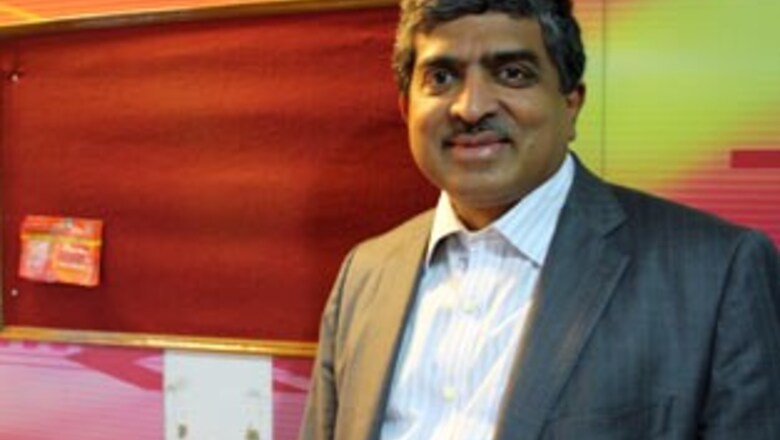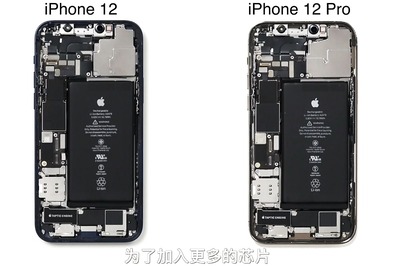
views
The man
Nandan Nilekani
The mission
To provide an identity card to each Indian
What’s the big deal?
It is the world’s largest biometric identity card project. The database will cover as many as 1.16 billion people. Project cost Rs 20,000 crore.
Why we need it
It will help take social security and banking services to the under-served population. It will also weed out illegal immigrants.
The challenge
To scale up technology, devices and processes to develop it and keep it running
What can he do?
Nilekani’s networking skills and ability to build consensus on divisive issues will come in handy.
People to watch
Tata Consultancy, Infosys, Wipro, Hewlett-Packard, IBM, HCL, 3i Infotech and IL&FS Technologies are likely to bid for the project
Budget highlights
Pranab Mukherjee (“This project is very close to my heart.”) has set aside Rs 120 crore for the project; promised to deliver the first cards in 12-18 months
He co-founded one of India’s most respected companies, Infosys. He first coined the phrase “the world is flat” that was adopted by author Tom Friedman as the title for his best-selling book. He wrote a 500-page tome linking India’s history to its future. And then, he quit his alma mater for a crack at governance.
Nandan Nilekani, 53, today stands before the greatest challenge of his life — of giving an identity card to each of the 1.16 billion people in the country. As Prime Minister Manmohan Singh’s hand-picked champion for the national identity card project, Nilekani has kicked off his public career with one of the most difficult tasks of governance where others have failed before. To succeed, he will have to marshal all that he learnt in his corporate career of three decades, primarily his networking skills and a noted ability to convert deadlocks into consensus.
“If I had to give up my career at Infosys for something, it had to be impactful like this,” Nilekani says as he prepares to draw a blueprint for the formidable project. “Obviously the massive transformational promise of a project of this kind is hard to resist, and while I have achieved success in other fields, this is a new area.”
The task seems simple enough: To give each citizen a card that can establish his or her identity at any place, any time. This will help to target social security schemes better, take business services to the remotest parts and weed out illegal immigrants. But given the size of the population and the fact that most people in villages don’t have any document to prove who they are, it is a task of nightmarish proportions.
As the head of the newly created Unique Identification Authority of India (UIDAI), Nilekani will have to reconcile, if not integrate, the project’s ambitious goals with the reality that is Indian bureaucracy and politics.
The sheer scale — it is the world’s largest identity card project — will render many assumptions invalid.
So, how can Nilekani pull it off?
PAGE_BREAK
Past mistakes
Recent attempts to create a citizen database have failed. The National Democratic Alliance government headed by AB Vajpayee launched the Multipurpose National Identity Card (MNIC) project as a way to tackle illegal immigration. It ignored citizen databases like the Election Commission’s voter list (unreliable because politicians had got illegal immigrants into the list as a quid pro quo for votes) and the Census report (no photo proof). The MNIC project’s main objective was to establish nationality.
The pilot project, in which only about 12 lakh cards were issued against a target of 20 lakh, was wrapped up and nothing was heard about MNIC after that. Ernst & Young (E&Y) was a consultant to the project in which public sector entities like Bharat Electronics played the main role.
Why was MNIC given a silent burial?
Not just because the government changed at the Centre. The blame, says an expert who wishes to remain anonymous, lay with the MNIC’s focus on just establishing nationality which went well with BJP’s politics. The United Progressive Alliance government of Manmohan Singh did not want to sustain that image of a police state ahead of the 2009 elections. It is now driving the Unique Identity Project (UID), with a focus on taking civic and business services to the under-served people.
Experts who track biometric card technology say MNIC was designed badly. Initially, prints from only a few fingers of an applicant were taken. This worked well when the numbers were small, but started spouting duplicate results when more people were covered. The only way a biometric project will work in India is to take prints of all 10 fingers. Adding other records such as iris scans could make it more efficient.
Another problem is that most people in the villages as well as new immigrants in the cities don’t have any primary documents. To pull them out of this black hole presents its own challenges.
I’ve ID, therefore I am
An identity card project must be fool-proof. “The moment you give a national ID card, it becomes the be-all and end-all for a citizen. And if that doesn’t work, he is as good as dead,” says a partner at E&Y specialising in government practice Guru Malladi.
Fingerprint-based recognition is the most widely-preferred solution that is used to identify people, given that each human being is thought to have unique fingerprints. But experts say there are practical difficulties. For instance, hardworking labourers and farmers lose some of their fingerprints. This means a mix of identification techniques should be used.
The volume of hardware that would be required to keep an identity system running across the country is enormous. The government has so far failed to develop an ecosystem of technology providers, smart card makers and equipment vendors to help make that happen. “We faced hardware supply issues during the MNIC trials when the volume was just 20 lakh, so you can imagine what will happen when we scale that to 100 crore,” says Malladi.
The next challenge is to avoid duplication of efforts by the government. The next census exercise is round the corner in 2011. “Census data forms the foundation for most ID card projects. And given that the Registrar General of India has already started the process of collecting citizen information, why not align to their schedule?” Malladi asks.
This will save money and reduce the probability of errors. Another useful database will be the one with the public distribution system.
Obviously, bringing together various government departments to work with a common goal is difficult. The prime minister may have chosen just the right person for this task. “This job needs consensus building, very high networking abilities and also heavy persuasion — a sales job. All these are things that I had done at Infosys,” asserts Nilekani.




















Comments
0 comment